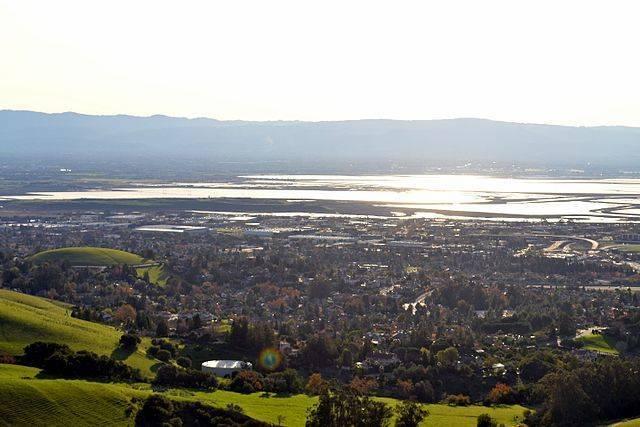
.
Fremont, a suburb of San Francisco, is making a strong move to become the regional clean energy leader by mandating solar panels on all new home and business developments, as part of its goal to be a net-zero-energy city by 2020 – an ambitious goal indeed. The downside of the move is that it has the potential to exacerbate the existing housing crisis in the region
Existing homes will be exempt, but new developments will have to take the costs of installing solar panels – the number of which will be determined by square footage – into account. Still, it’s a big move for a city that has been, steadily, building its green credibility.
In fact, Fremont has already been doing quite a bit to green its energy mix. According to a city press release, “home energy consumption in Fremont has decreased nearly 15 percent over the past four years...these energy reductions can be attributed to significant improvements in energy efficiency as well as the installation of over 2,800 rooftop solar electric systems to date.” The new move would add to this and make the city even more clean energy friendly.
Fremont also wants to expand the number of electric vehicle charging stations in the city. Each new single family home will have to one EV-ready parking spot, and multifamily and non-residential projects will need to include at have at least 10 percent of parking lots EV-ready.
This is no accident, of course. Fremont also happens to be home of a large Tesla factory which is, as we speak, churning out far fewer electric vehicles than the market demands. Many Tesla workers live in Fremont, one of the reasons that the city already has a high EV ownership rate with the city estimated 5,000 drivers to date.
“Right now, we have over 5,000 EV drivers in Fremont, and we’d really like to see that number continue to grow and multiply over the next handful of years,” said Rachel DiFranco, Fremont’s sustainability coordinator to the East Bay Times.
The city also has a new BART station at Warm Springs – near the Tesla plant, with solar panels charging 42 EV parking spots. The area around the station is mostly undeveloped but the city plans to create a walkable, transit-oriented community there. The new regulations means that all of this development will have to include solar.
For now, the impact on housing prices should be minimal. In the short term, developers will be able to take advantage of Congress’s decision to extend the renewable investment tax credit. In the medium to long term, the cost may not be that big. Solar prices are dropping fast. In fact, it may be a smart investment to put solar now – and pay lower energy costs in the future.
Cities across the country will be watching Fremont closely. If it is able to bring on new developments without raising costs, and increase solar adoption, expect other cities to follow its example.
Photo Credit: Oleg Alexandrov via Wikimedia Commons

Nithin Coca is a freelance journalist who focuses on environmental, social, and economic issues around the world, with specific expertise in Southeast Asia.














